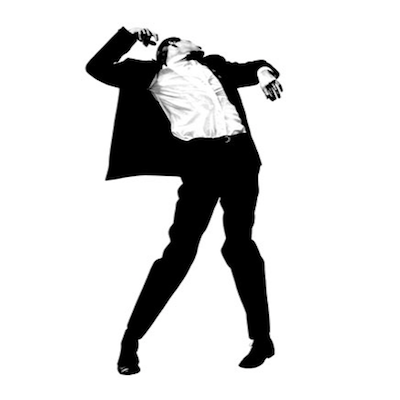
Pumpkin 2000 (Green), 2000
- Inches
- Centimeters
- USD
- EUR
- GBP
- Recently Added
- Price (low-high )
- Price (high-low )
- Year (low-high )
- Year (high-low )
Yayoi Kusama
Yayoi Kusama, My Heart That Blooms In The Darkness Of Night, 2020
Sculpture / Object
Mixed Media
GBP 140,000 - 170,000
Seek an Artwork by Yayoi Kusama
If you are searching for a specific piece by Yayoi Kusama, let us know what it is, and we will explore our network to find matches. Our goal is to assist you in discovering artworks that align with your interests.
What is Performance Art?
Performance presented within the context of fine art that is traditionally interdisciplinary. It may be scripted or unscripted, random or orchestrated carefully; spontaneous or may carefully be planned without the participation of the audience. Performance can be through the media or live and the artist performing can either be present or not. The situation can involve the four basic elements: space, performer's body/his presence through a medium, time and performer-audience relationship. Artwork constitutes actions of a group or an individual at a particular time and space.






















